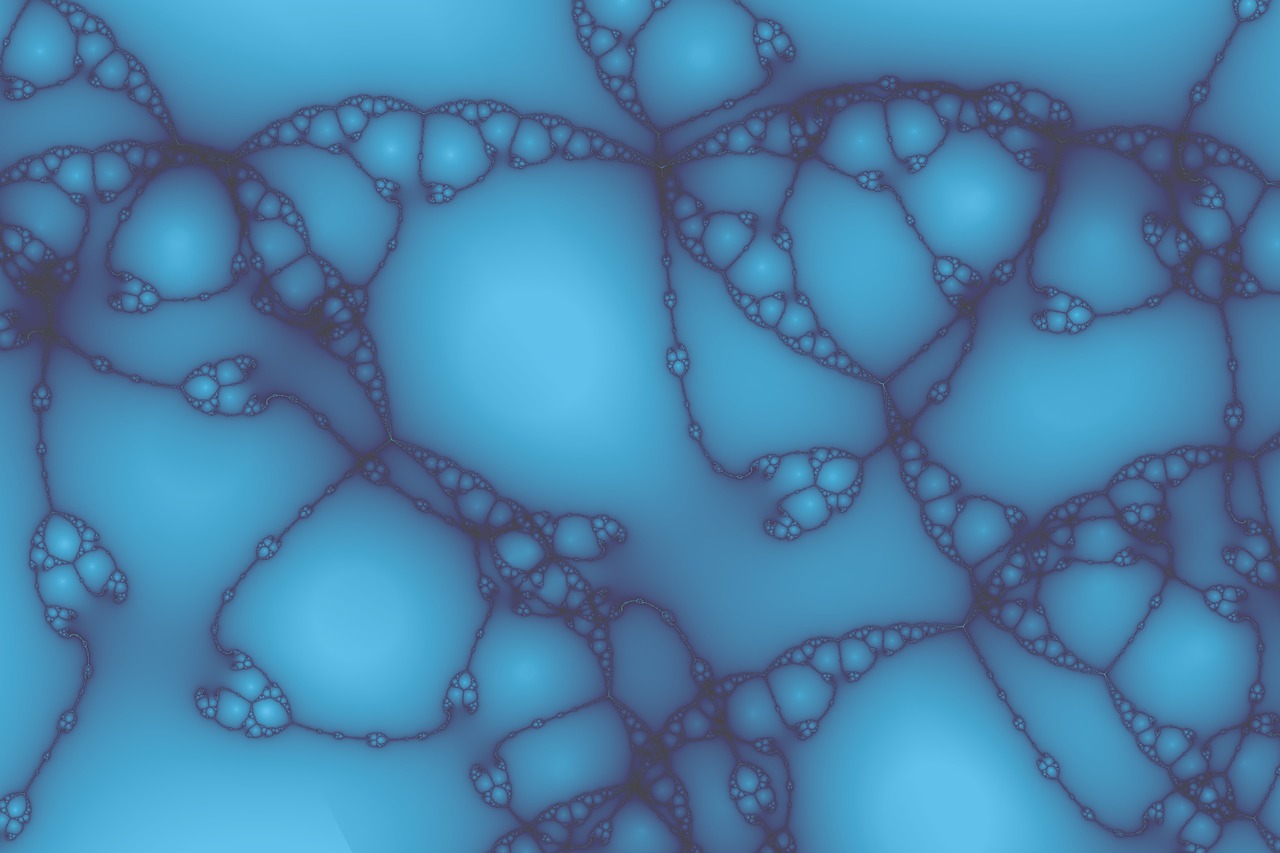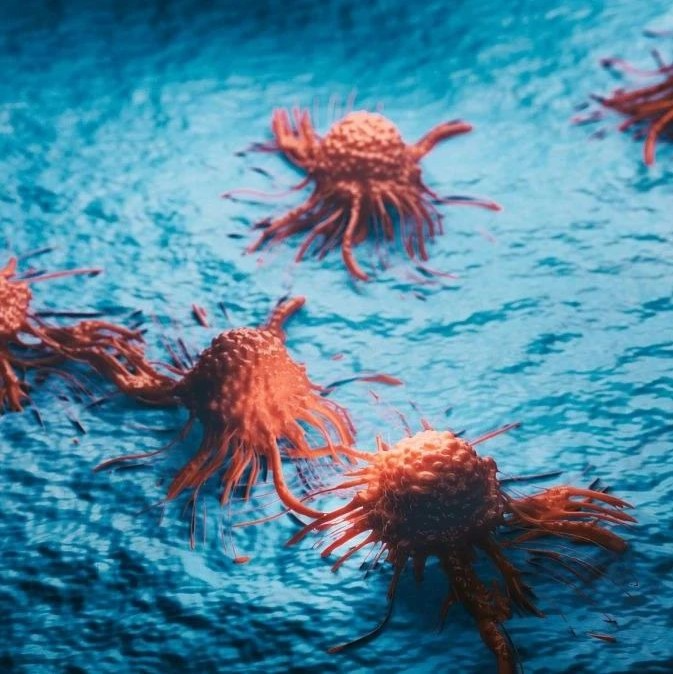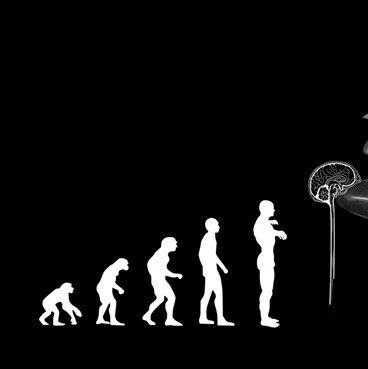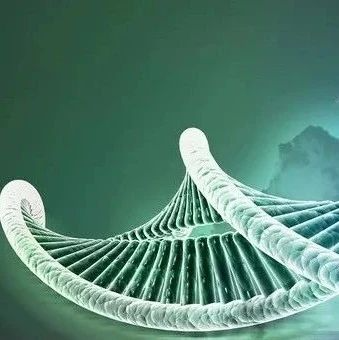一些研究人员相信恐龙的DNA样本至今仍存活在地球上,不过没人知道这些遗传物质会在多久是否都已土崩瓦解。现在,在新西兰出土的化石为人们克隆霸王龙带来了希望。
细胞死亡之后,酶和微生物的作用促使形成细胞骨架的核苷酸开始瓦解。然而,从长远上看,与水的反应对骨组织降解起到最大影响。而无处不在的地下水使得骨组织的降解、连同变化中的环境条件:如温度、微生物和氧化反应使得DNA样本的保存难上加难。那么,DNA的衰退速率是怎样的呢?

在这次研究中,澳大利亚珀斯默多克大学哥本哈根大学的迈克尔·班斯领导的研究小组,发现了158个属于被称为恐鸟灭绝三个品种的巨鸟的DNA腿骨头。这些骨头的年龄在600至8000之间,几乎相同的保存条件,包括温度为13.1°C。通过比较试样的年龄和程度的DNA降解,研究人员计算,DNA具有的半衰期的521年的。该研究结果发表在今天的皇家学会学报上。
通过比较试样的年龄和程度的DNA降解,研究人员计算,DNA具有的半衰期的521年的。这意味着521年后,一半的样品中的骨干核苷酸之间的纽带将打破。另一个521年后,剩余的样品中又有一半骨干核苷酸之间的纽带被打破,以此类推。
该小组预测,即使在骨在一个理想的保存温度为-5ºC,有效DNA片段将最多在680万年后销毁。DNA不再可读的时间要早得多 - 也许大约150万年后,剩余的线太短,无法提供有意义的信息。
这证实了那些声称从恐龙和古代被困在琥珀中的昆虫提取DNA片段是不正确的,澳大利亚悉尼大学的进化生物学家Simon Ho说。然而,尽管680万年远不及年龄的恐龙骨,这至少有65亿岁“我们也许能找到最古老的真正的DNA序列,目前为约五十万多年来,“Simon Ho说。
尽管此次的研究中的结论非常简单,但许多问题仍然存在。
我很有兴趣地看到,如果这些结果可以被复制在不同的环境,如永久冻土带和洞穴,说:”新西兰的奥塔哥大学的研究人员迈克尔·纳普指出。
此外,研究人员发现,年龄的差异,只有38.6%的变异恐鸟骨标本的DNA降解之间。“DNA保存的其他因素的影响显然是在工作,”班斯说。“存储以下挖掘,土壤化学,甚至一年的时间,当动物死亡,这将需要寻找到所有可能的因素。”

The half-life of DNA in bone: measuring decay kinetics in 158 dated fossils
Morten E. Allentoft, Matthew Collins,David Harker, James Haile, Charlotte L. Oskam, Marie L. Hale, Paula F. Campos, Jose A. Samaniego, M. Thomas P. Gilbert, Eske Willerslev, Guojie Zhang6, R. Paul Scofield, Richard N. Holdaway2,8 and Michael Bunce
Claims of extreme survival of DNA have emphasized the need for reliable models of DNA degradation through time. By analysing mitochondrial DNA (mtDNA) from 158 radiocarbon-dated bones of the extinct New Zealand moa, we confirm empirically a long-hypothesized exponential decay relationship. The average DNA half-life within this geographically constrained fossil assemblage was estimated to be 521 years for a 242 bp mtDNA sequence, corresponding to a per nucleotide fragmentation rate (k) of 5.50 × 10–6 per year. With an effective burial temperature of 13.1°C, the rate is almost 400 times slower than predicted from published kinetic data of in vitro DNA depurination at pH 5. Although best described by an exponential model (R2 = 0.39), considerable sample-to-sample variance in DNA preservation could not be accounted for by geologic age. This variation likely derives from differences in taphonomy and bone diagenesis, which have confounded previous, less spatially constrained attempts to study DNA decay kinetics. Lastly, by calculating DNA fragmentation rates on Illumina HiSeq data, we show that nuclear DNA has degraded at least twice as fast as mtDNA. These results provide a baseline for predicting long-term DNA survival in bone.
文献链接:https://rspb.royalsocietypublishing.org/content/early/2012/10/05/rspb.2012.1745








